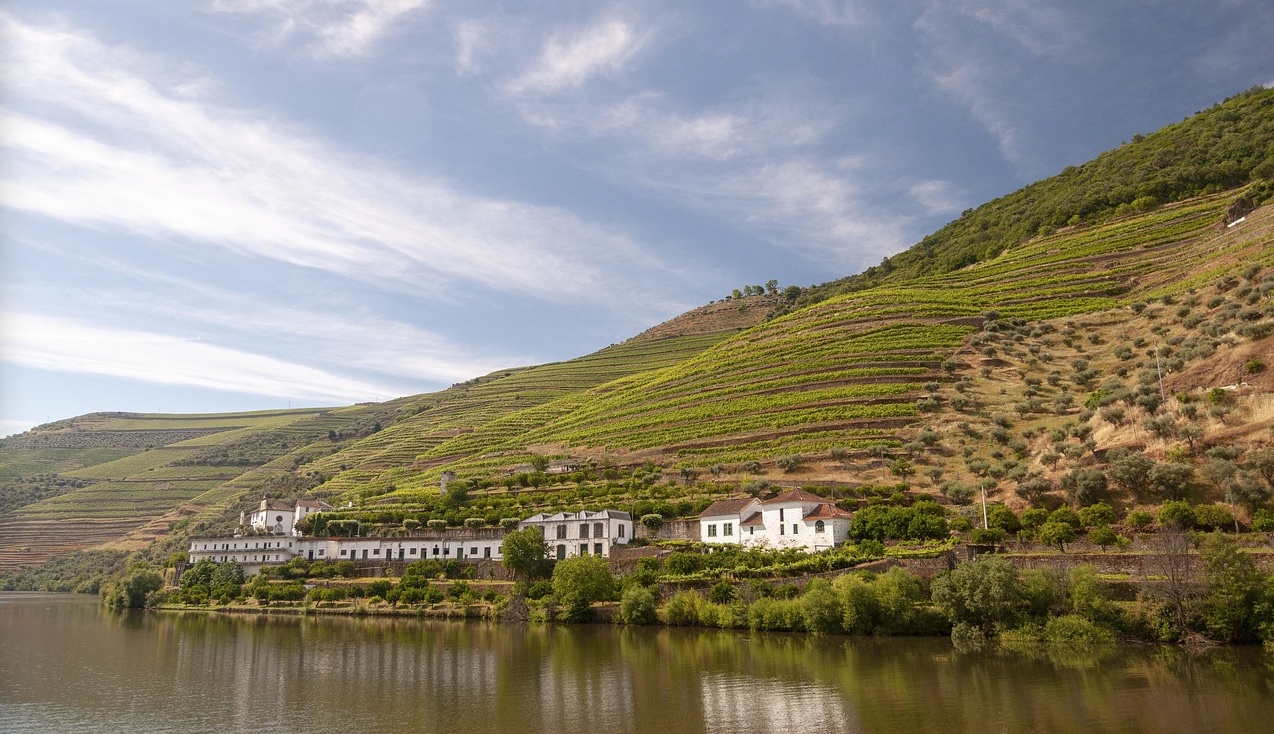
At the end of the tasting, Hans served the 1970 Vintage Port from Fonseca, a wine that Robert Parker has already confirmed that because of its lush, seductive character, it could be described as the Pomerol of vintage ports.

At the end of the tasting, Hans served the 1970 Vintage Port from Fonseca, a wine that Robert Parker has already confirmed that because of its lush, seductive character, it could be described as the Pomerol of vintage ports.
![]()

Niepoort is a well-known name, not only in the Douro region, where the company has been producing port wine since 1842. Dirk Niepoort has made it even better known through the dry Douro wines he has produced since the early 1990s, as well as through his diverse wine projects with winemakers from other countries. Two of his most famous projects are his
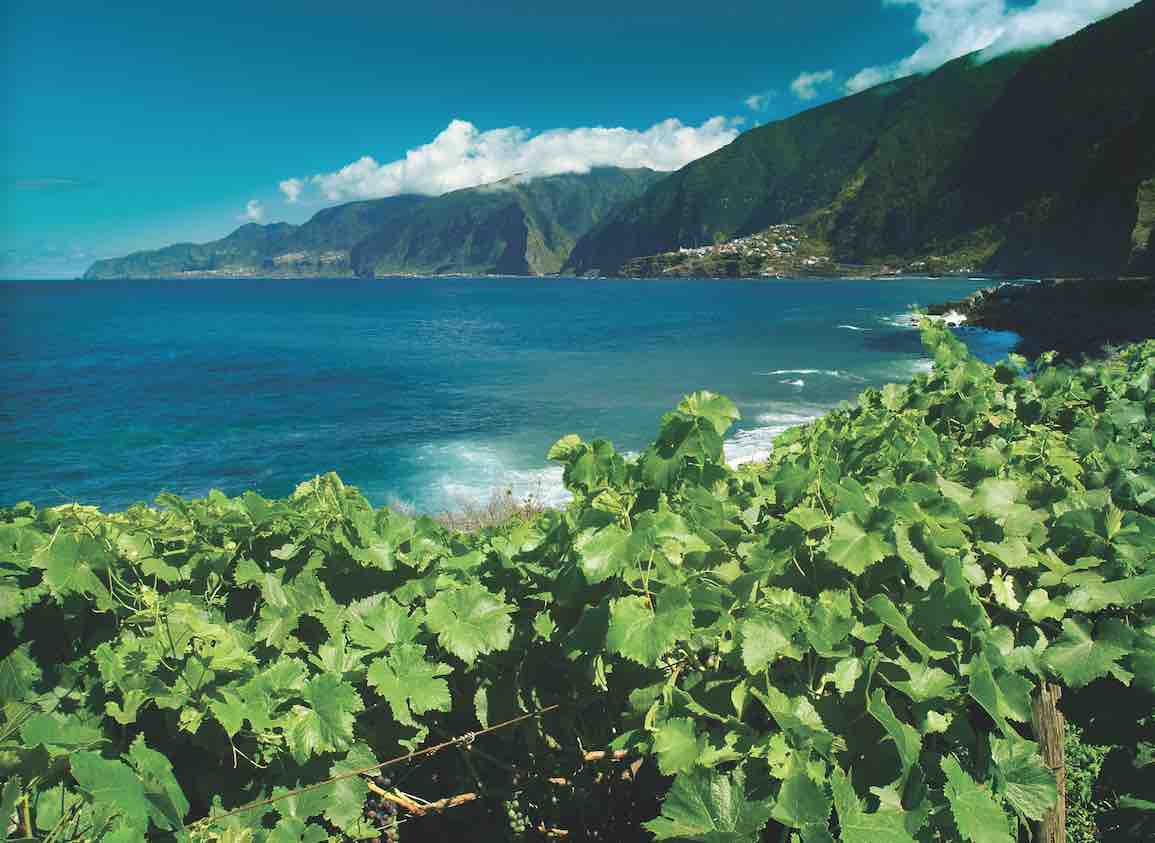
Established in 1946, the family-run Vinhos Barbeito are known to many for their old excellent Madeiras. In addition to these wines, which are mostly in the lower to middle three-digit price range, you will also find very inexpensive wines of very good quality in the winery’s portfolio.
![]()
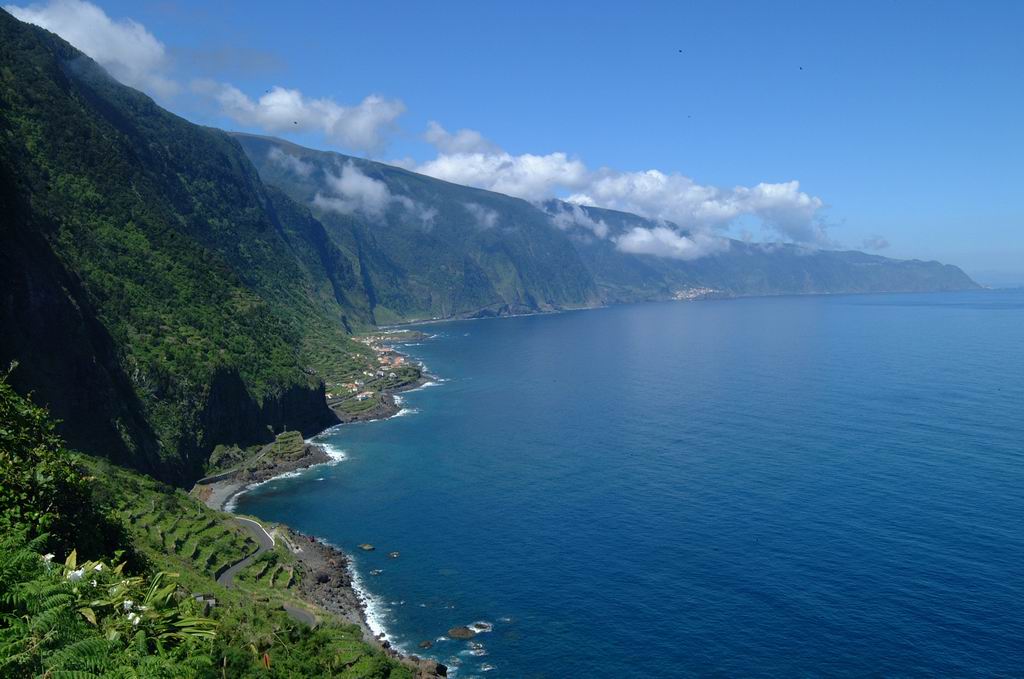
Malvasia, also called Malmsey, is probably the best known and most appreciated wine from Madeira. In earlier times it was almost exclusively made from Malvasia Cândida. However, the grape variety is very susceptible to Oidium and also somewhat capricious when it comes to its location. Probably because of this, there was already too little Malvasia wines in earlier years
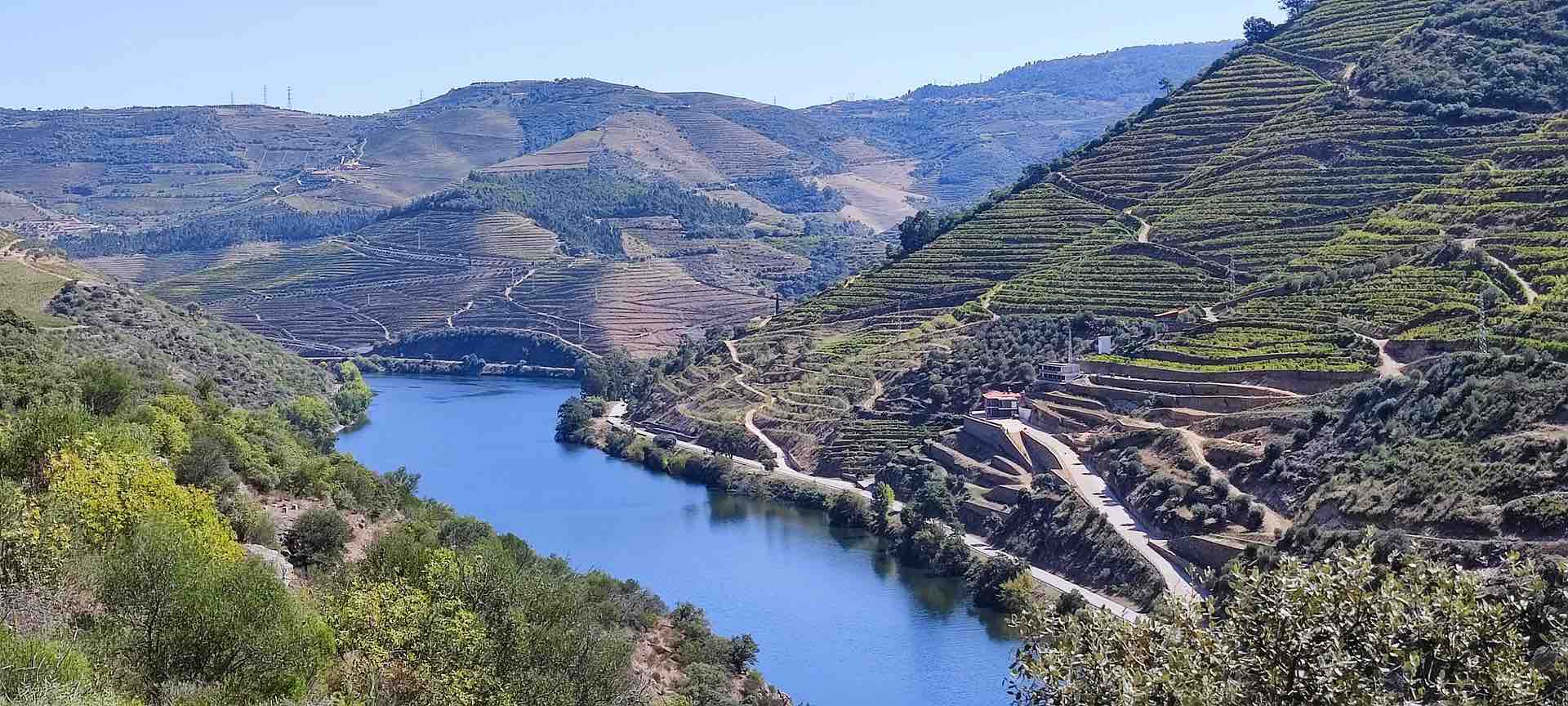
The history of Kopke begins with Nicolau Köpke, who settled in Portugal as Consul General of the Hanseatic League in 1636, shipped the first bottles of wine as early as 1638 and rose to become a major port wine producer by buying an agricultural property in 1781. Through acquisitions, such as the Quinta de São Luiz
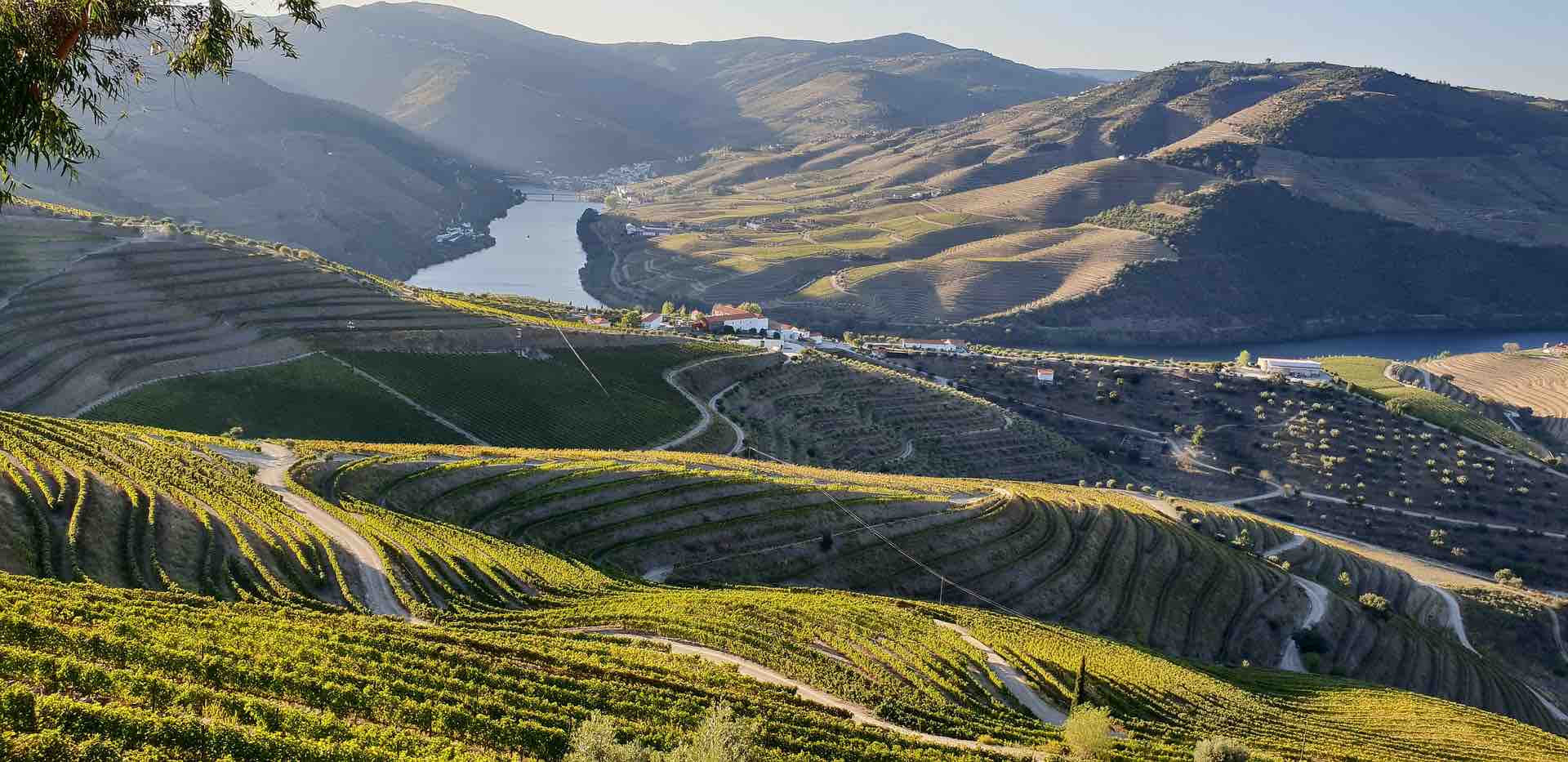
Sandeman, an important sherry and port wine house, owned by the Portuguese company Sogrape since 2001, offers very high quality vintage ports. An ideal Christmas present for someone who likes to drink red port. So it’s the best to order more of it! At Christmas we enjoyed the Vau Vintage Port 2000 from Sandeman with homemade chocolate ice cream, which it went very well with.

Madeira always show a typical malty-caramel taste. This is caused by the heat treatment of the wine, which causes the sugar in the wine to caramelize. The simplest and cheapest type of heat treatment is the method called Cuba de Calor, in which the wine is heated to 40 – 50 ° C using simple heating coils. The most expensive type of warming, called Canteiro, which lasts up to 20 years, is reserved for better qualities. It takes place in the attics of warehouses in barrels of various sizes.
Different grape varieties are used for the production of a Madeira, whereby a basic distinction is made between the noble grape varieties such as Sercial, Verdelho, Bual, Malmsey and Terrantez and the less noble varieties such as Complexa or Tinta Negra Mole.
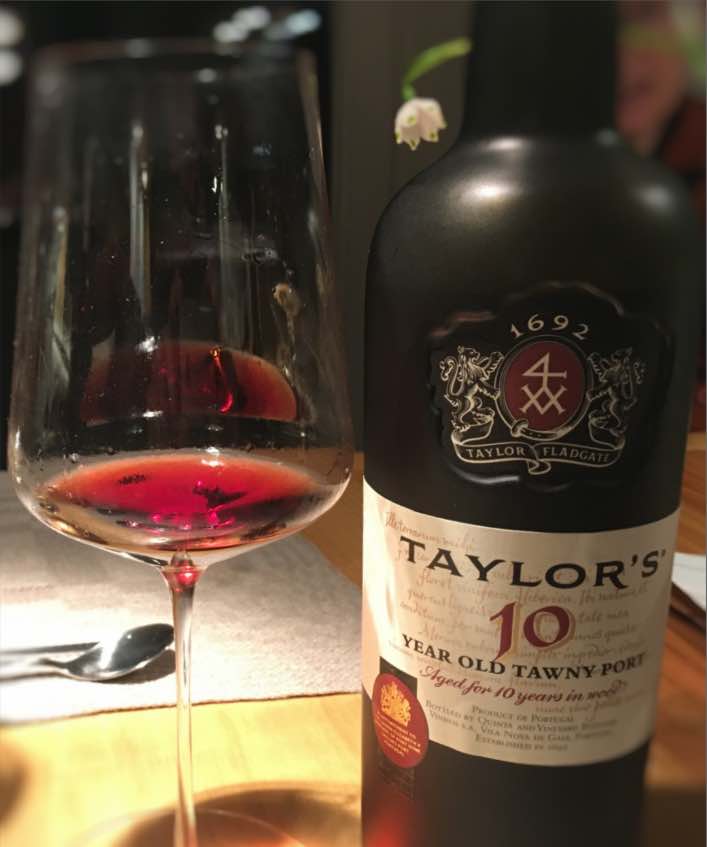 Theoretically, a Tawny is a port wine which is aged for a longer time in the barrel until its red color changes to amber (tawny), which means the wine becomes a Tawny. This usually starts after about 6 years of barrel maturation. However, since port wines of different ages are always blended for a Tawny, as in the case of a 10 year old tawny, the indication of age is not very precise – but approximately true. However, all Tawny with age 10, 20, 30 or over 40 year old are checked and released by the IVDP (Instituto dos Vinhos do Douro e do Porto). … Read more ...
Theoretically, a Tawny is a port wine which is aged for a longer time in the barrel until its red color changes to amber (tawny), which means the wine becomes a Tawny. This usually starts after about 6 years of barrel maturation. However, since port wines of different ages are always blended for a Tawny, as in the case of a 10 year old tawny, the indication of age is not very precise – but approximately true. However, all Tawny with age 10, 20, 30 or over 40 year old are checked and released by the IVDP (Instituto dos Vinhos do Douro e do Porto). … Read more ...
![]()

Many wine drinkers know Vintage Port, whereas Colheita is largely unknown, and only few know which port wine style it is. Its brownish color identifies it as a Tawny type port and since the Portuguese word Colheita means harvest, a Colheita Port is a Tawny that comes from the grapes of a single vintage. A Vintage Tawny, so to speak, just like the Ruby typ Vintage port from a single vintage. But while the dark to black-red port wines of the Ruby type are aged in large barrels with little contact with atmospheric oxygen, the mostly amber to mahogany-colored

At the Forum Vini, in November 2018 in Munich there were a lot of dry wines but also some sweet wines like port wine. I tasted two port wines, a Magalhães LBV (Late Bottled Vintage) 2013 of Quinta do Silval and a 10 Years Tawny Port by Vieira de Sousa.